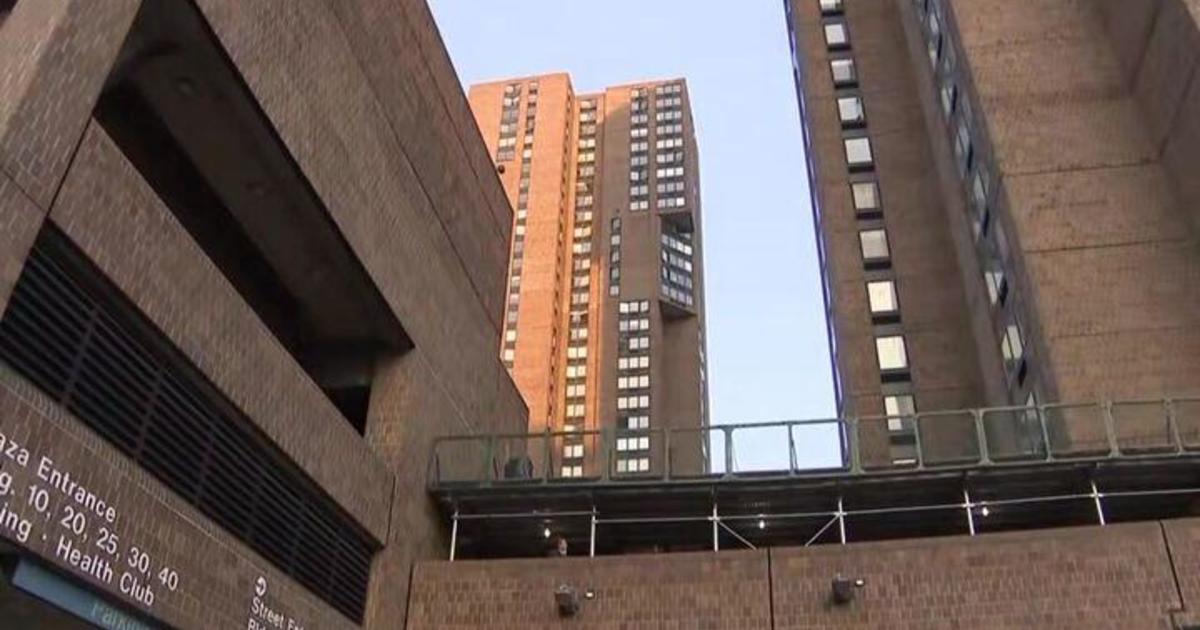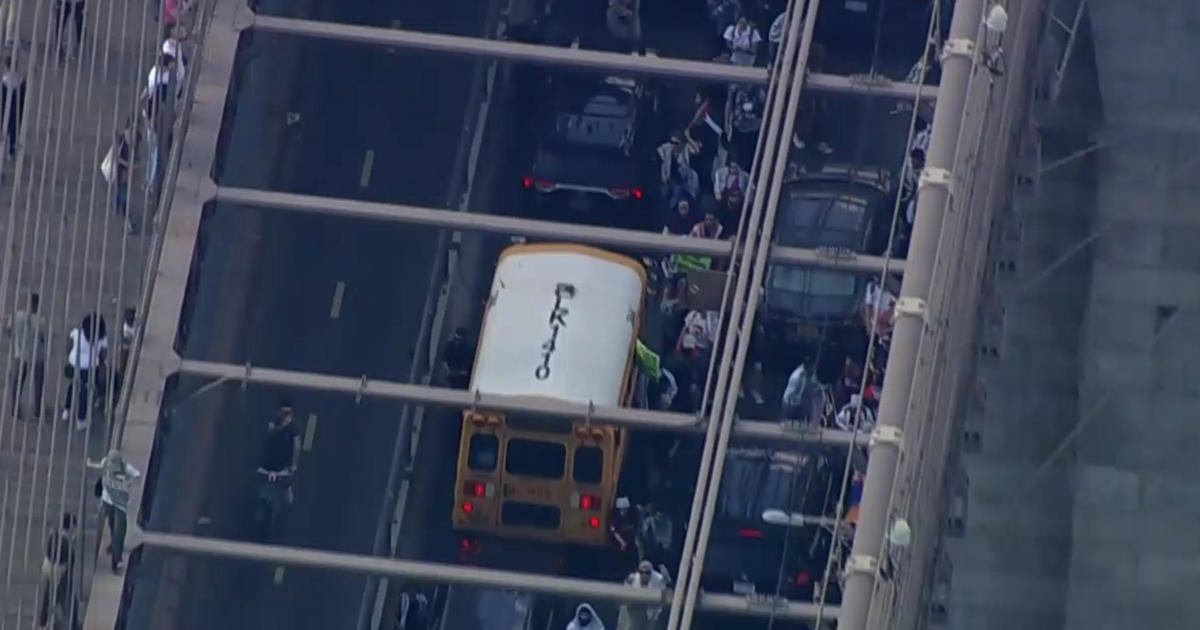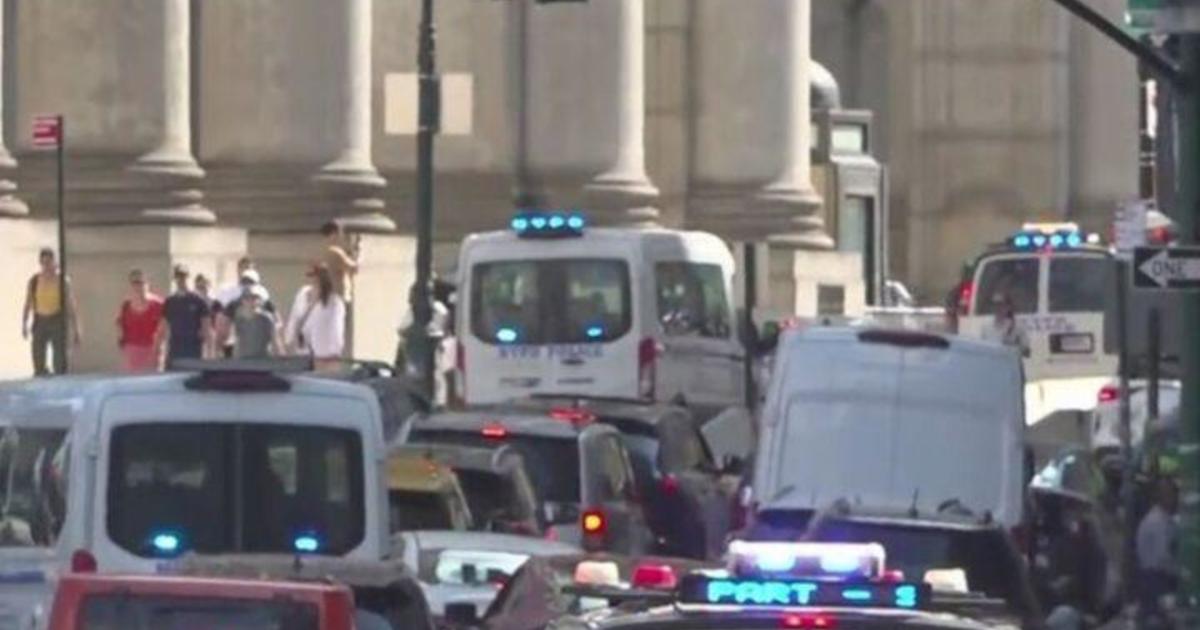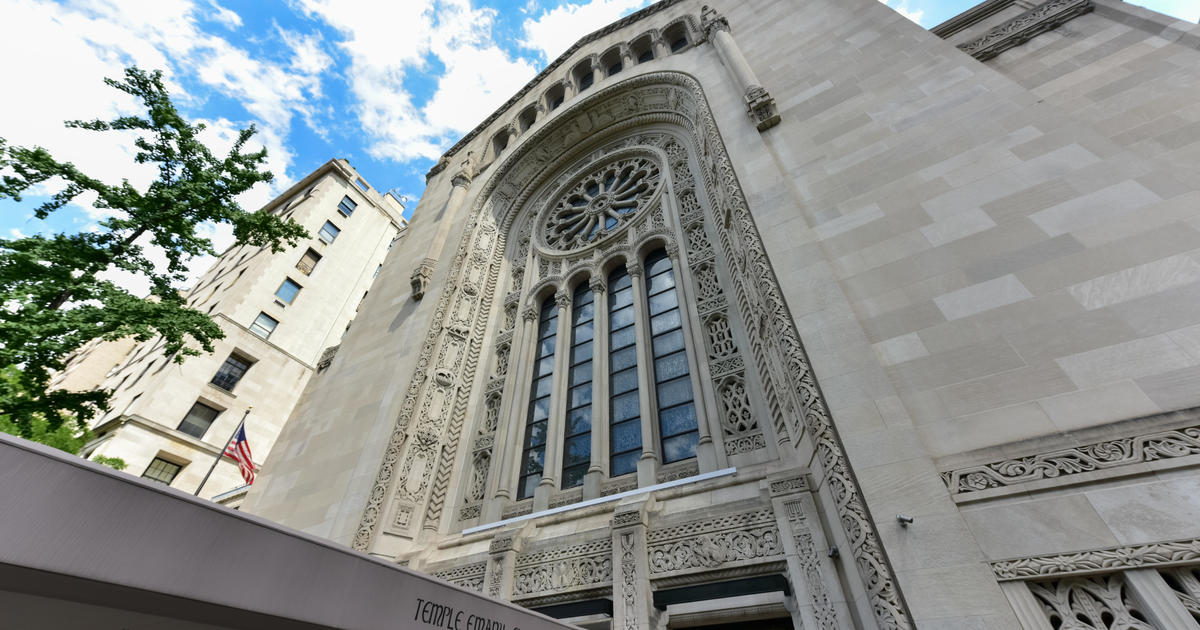Injury Breakdown: Rule Of Thumb
If you follow the NBA you already know that Shaquille O'Neal will undergo surgery today for a ligament tear in his right thumb. The injury was sustained on February 25th when Boston forward Glen Davis defended Shaq during a shot attempt. Though reports have not specified, it is likely that Shaq tore the ulnar collateral ligament (UCL) of the thumb, a common sports injury and also often a byproduct of falling on an outstretched hand. What you may not recall is that Shaq missed 22 games after suffering a similar (but likely less severe) injury in 1995 while playing with the Magic.
Wait a minute, isn't the UCL at the elbow?
Recent columns on this site have discussed UCL injuries to pitchers' elbows resulting in the need for Tommy John surgery as well as the implications of ankle ligament tears. First let's quickly review the basics to help you understand the nature of Shaq's injury.
A ligament is the connective tissue connecting one bone to another to provide stability at a joint. Each joint has at least one ligament on each side. In the hand or elbow, the inner (medial) side, or side of the ulna bone in the forearm, is called the ulnar side and the outer (lateral) side is called the radial side because of its relationship to the radius (the outer bone in the forearm). Hence, at the base of the thumb, just as at the elbow, the ligament stabilizing the innermost part of the joint is called the ulnar collateral (UCL).
Injury to a ligament diminishes stability at the joint it protects, and may do so even on a permanent basis, so Shaq's prior injury may have predisposed him to re-injury.
Other names for the UCL tear of the thumb
Most often called "Skiers' Thumb" these days because of its prevalence on the slopes, this injury used to be known as "Gamekeepers Thumb" because it was commonly found amongst Scottish Gamekeepers (wildlife managers) as a result of a repetitive stress and stretch to the ligament that they suffered when doing their work.
How does this injury occur?
A force that pulls the thumb away from the hand places stress on the UCL at the joint where the thumb meets the palm. If the force at this joint (also called the MCP, or metacarpophalangeal joint) is traumatic and causes the joint to exceed its normal limit of movement, the UCL is sprained. And, as for any ligament, a Grade III Sprain is really a complete tear.
A skier who falls while holding the pole, or anyone who tries to break a fall by reaching out with his hand to absorb the impact may suffer a Skiers' Thumb injury. If the thumb is bent backwards and a ligament tears, it is unlikely to be able to heal in the anatomical position because of the resultant instability of the joint.
That is why Shaq is having surgery. Occasionally, just as was previously discussed with regard to ligament injuries at the inner aspect of the ankle, the UCL ligament may not tear but instead might pull off a chip of bone at its point of attachment (at the base of the thumb). This injury is called an avulsion fracture and it too can result in instability at the joint if not corrected surgically.
So, what did Shaq's thumb probably feel like after the injury?
Just as after any partial or complete ligament tear, fluid builds up causing swelling. Visible discoloration is an indication that a ligament (or other vascularized structure like muscle or tendon) was torn. Naturally, pain is a factor and it will hurt to use the thumb (to grip or squeeze) or to bend it backward. Reports are that Shaq will be out for six to nine weeks to heal and rehab following today's surgery. The Cavs or course, are hoping to have him back in the line-up to help them in the later rounds of the playoffs.



